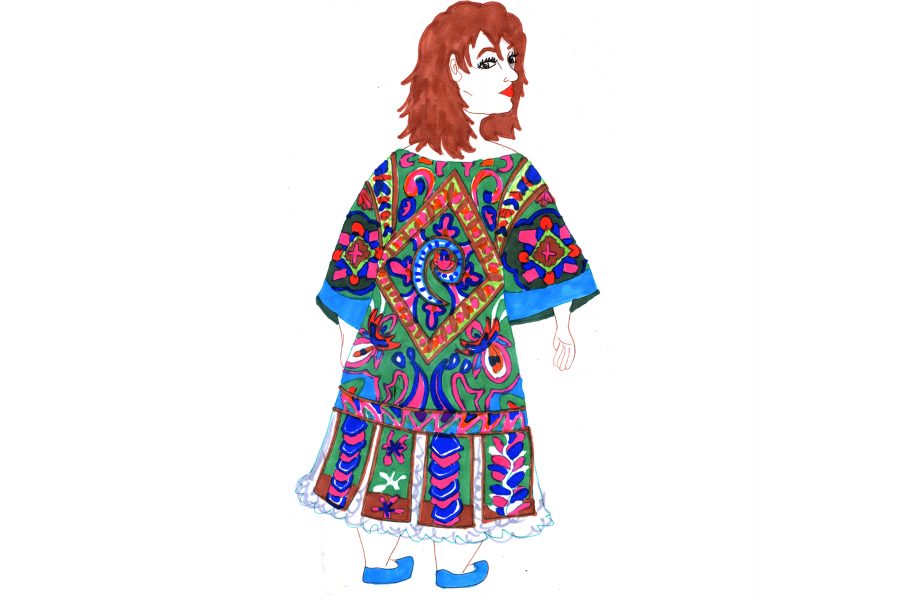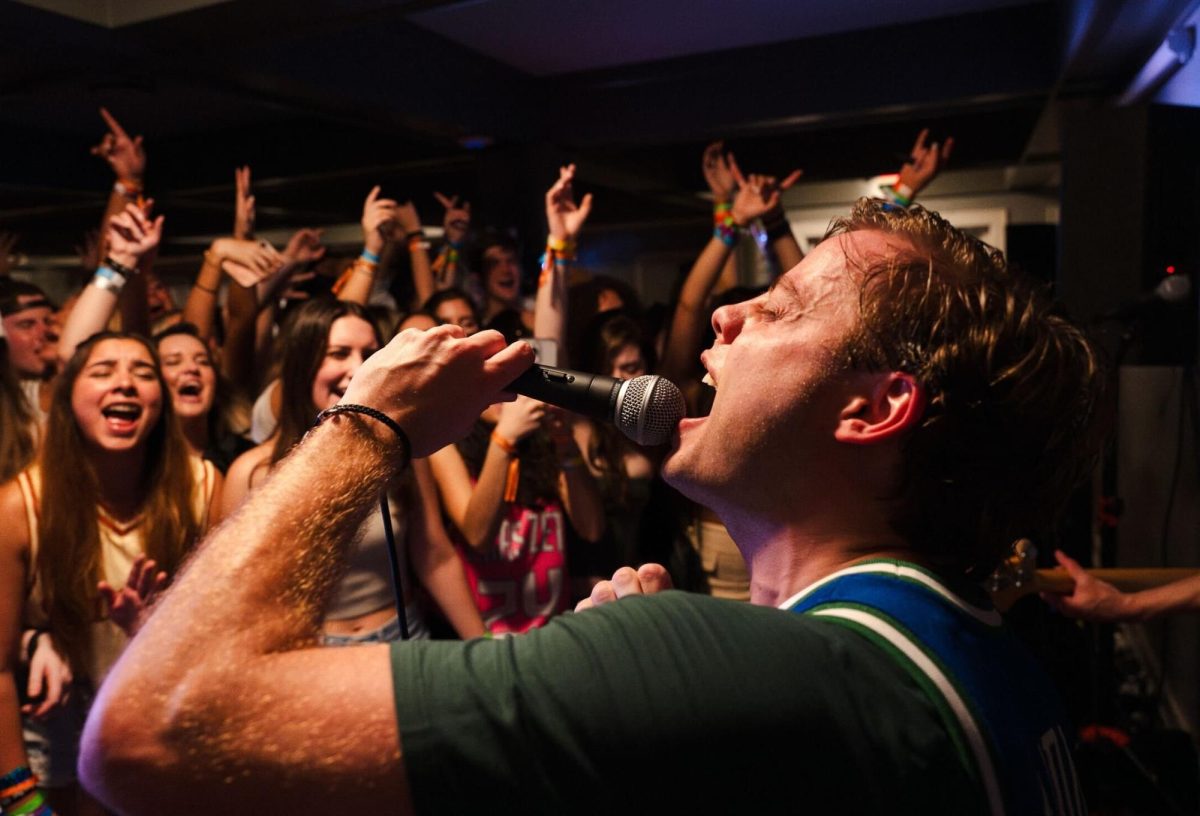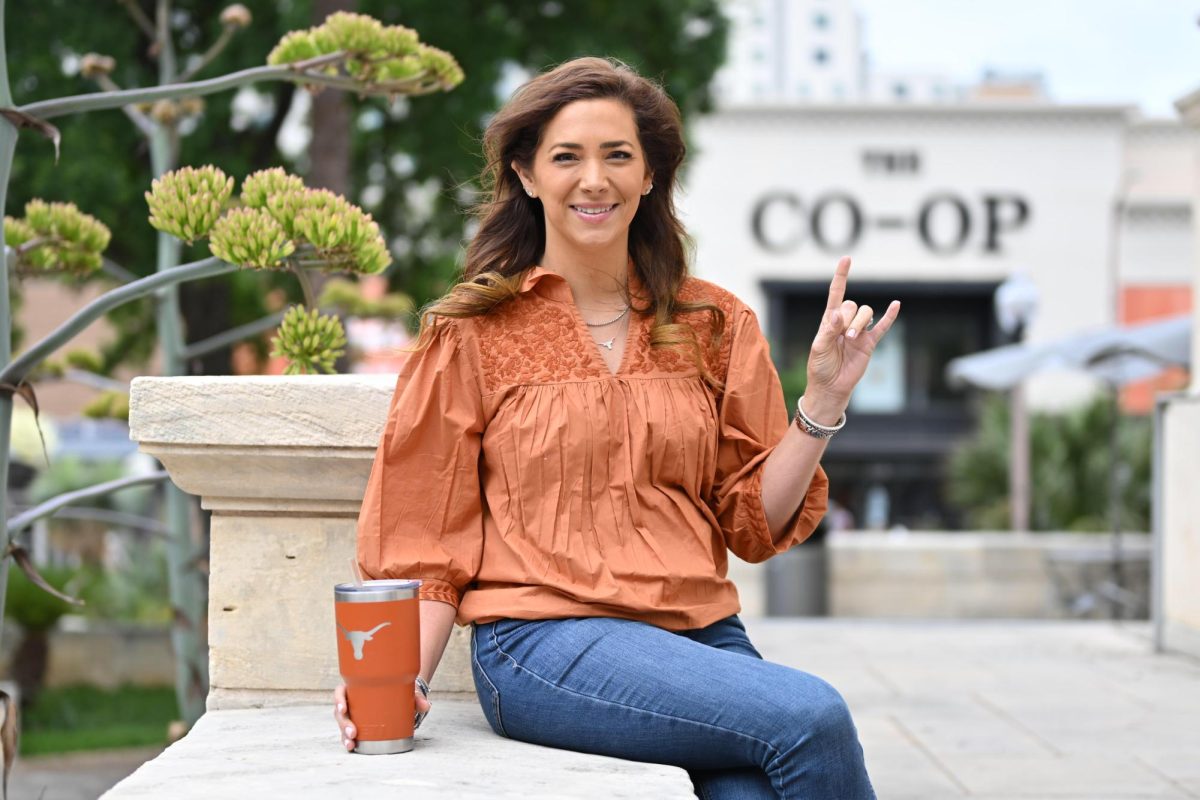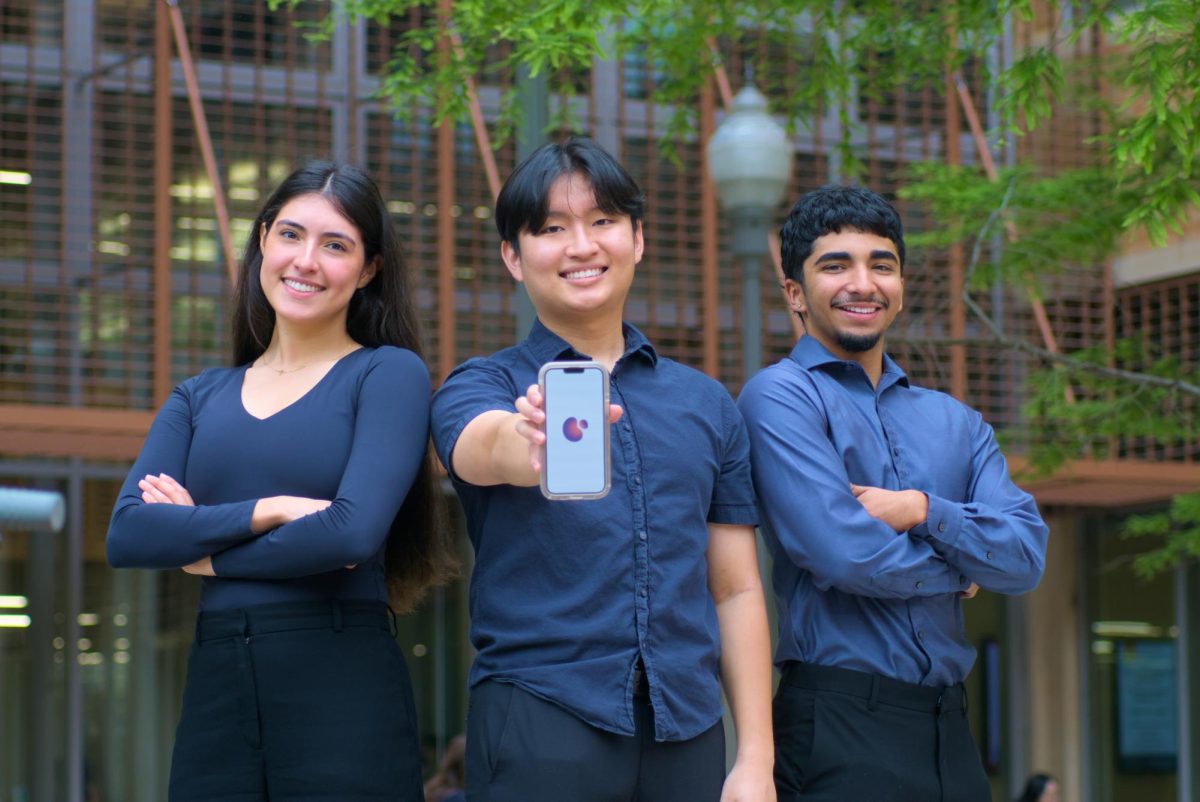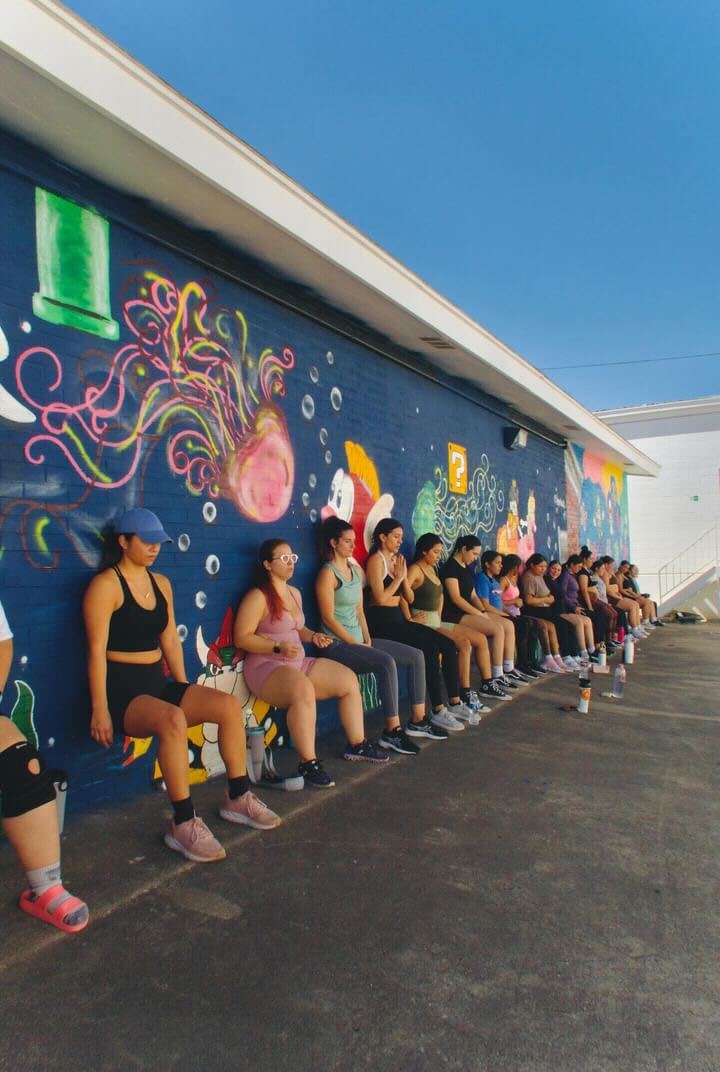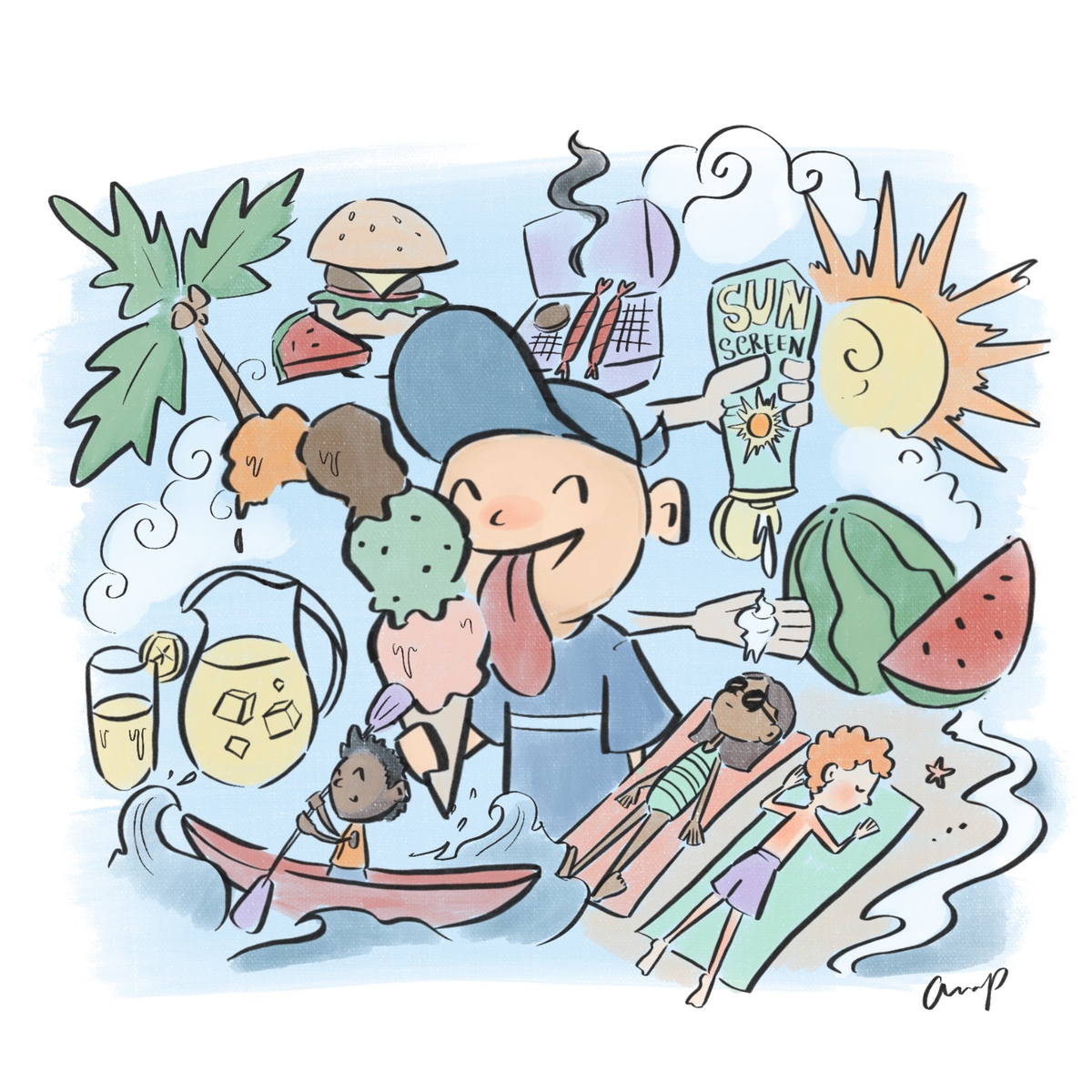For a tribe with no written language or history, stories of the Miao people are passed down in a different way: embroidery.
The HOPE Farmers Market is a collaborative effort of food vendors, musicians and artists hosted on the corner of E 5th and Comal streets every Sunday afternoon. Among the tables of honey producers and old record thrifters stands a couple with a booth of metalwork and embroidered threads. They are bringing the Miao culture and traditions to Austin through their art. Naer Lin owns Naer’s Hillside Tribe Jewelry along with her husband Wen Liu, and together they share the history of this particular southwestern Chinese tribe.
“Most jewelry wants to go with everything,” Liu said, holding a large chest piece with detailed designs. “This doesn’t care. This is like, ‘You’re going to wear me, and you’re going to wear your clothes around me.’”
Embroidery is an important form of expression in the Miao culture. In fact, Miao girls begin embroidering almost from the time they can hold a needle and thread. This tradition of constructing fully embroidered pieces can take over a year, and Liu said there’s no shortage of occasions calling for embroidered costumes.
“There’s harvest, there’s fall, there’s spring, there’s a multitude of events going on to celebrate,” Liu said. “It’s all embroidered, and they do this year round.”
Lin and Liu have been regular vendors at HOPE Farmers Market for two years, selling collected and imported pieces from China. Although they haven’t always been in this business, it all began when Lin found herself touring with her band in southern China and returning to the U.S. with pieces similar to the ones she now sells.
“My wife bought one of these wallets at some time in the 2000s,” Liu said. “She would bring back these pieces for her own, not to sell or anything. Then we had an idea to introduce it to the people here because it’s such a wonderful story.”
Each stitch is hand threaded, destined to adorn a specific person for a special milestone in their life. Once that event has passed, some of the costumes are deconstructed and repurposed. Liu said the jewelry they sell is composed of pieces of embroidery that have been taken from full costumes and readjusted to create the smaller pieces of jewelry and accessories sold at market.
“At the end of the year, they have a surplus of pieces,” Liu said. “They recycle every piece of it and turn it into the jewelry we have here.”
While Naer’s embroidery jewelry ranges from $15 to $50, full Miao costumes and outfits can go for thousands of dollars when resold, because of the intense stitching and detail placed in every design.
“It’s like a living museum,” Liu said. “It won’t be repeated and they’re all individual. Some of the pieces are really expensive. They can range from $1,000 to $10,000.”
Emily Adams, patron of the HOPE Farmers Market, purchased a pair of embroidered earrings and shared what brought her to Naer’s embroidery stand in particular.
“Textiles are really in right now and the story behind the jewelry was really interesting,” Adams said.
Liu said the jewelry he and his wife sell embodies the same distinct qualities exhibited by the Austin community.
“It comes down to uniqueness,” Liu said. “There’s similarities. You can get some similar patterns, but the pieces are really like a thumbprint and I think Austin is a unique city like that, too.”



